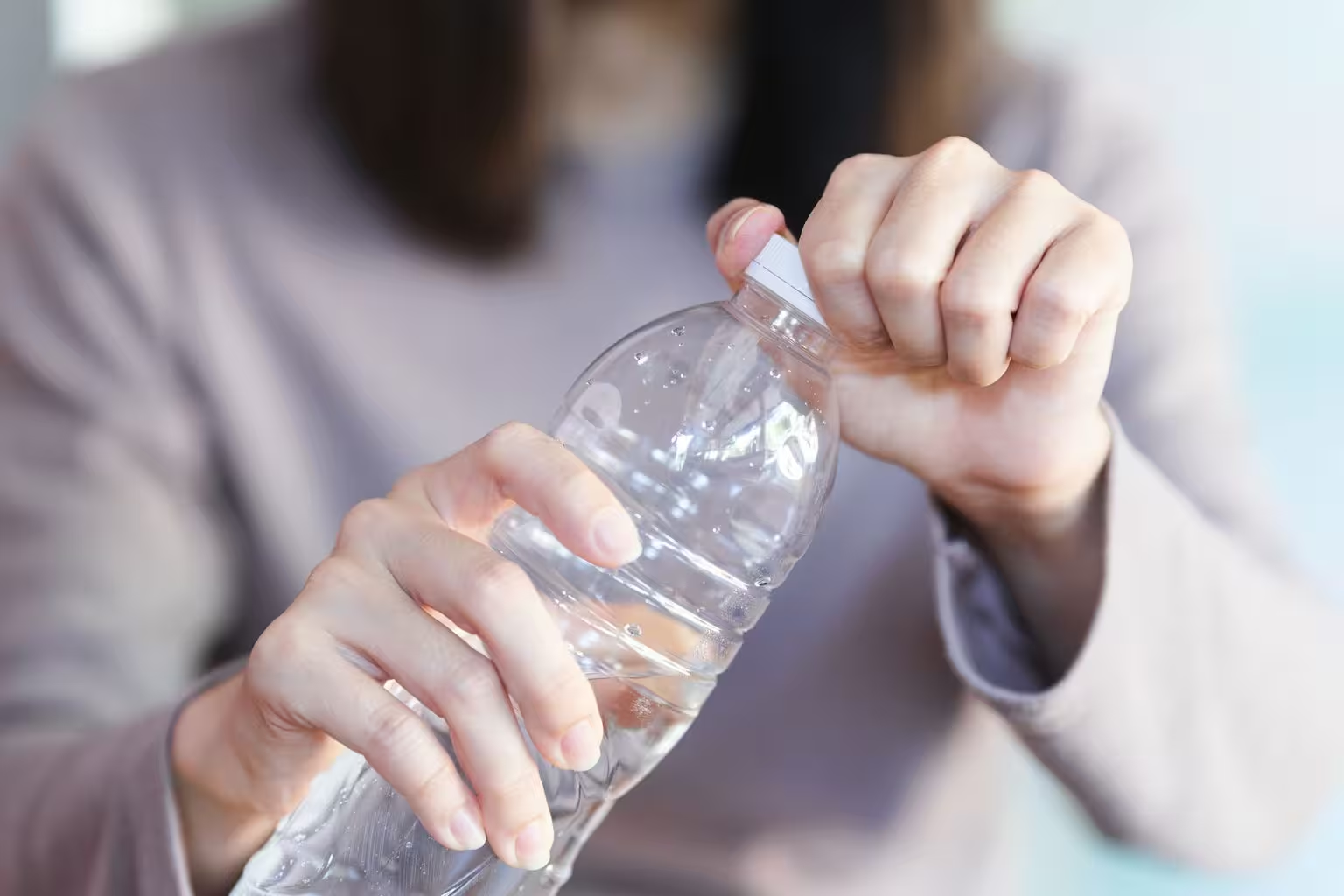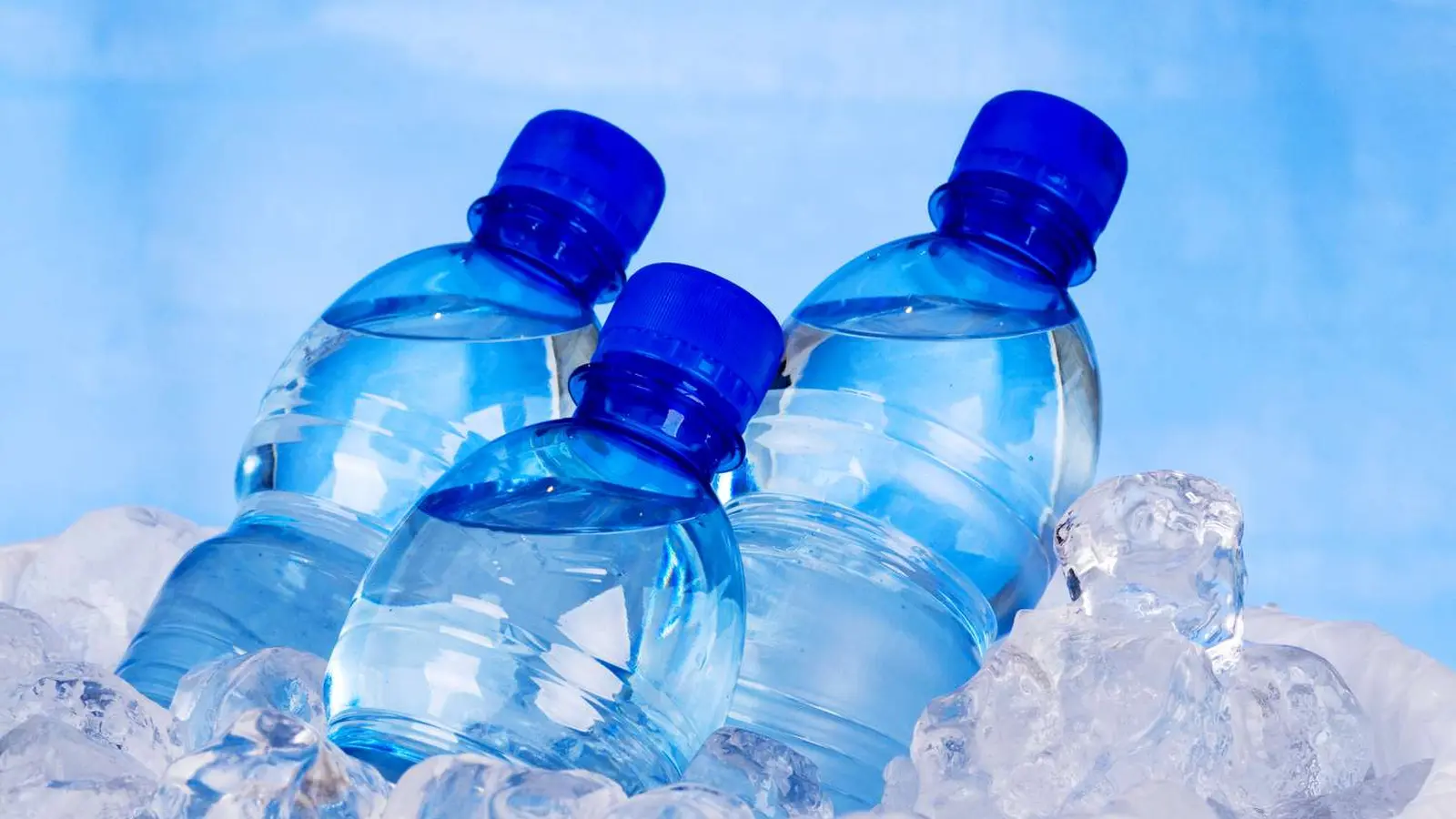5 Minutes
Island revelation: a scientist’s pivot to plastic research
A scientist’s island epiphany uncovers how single-use bottles shed micro- and nanoplastics that infiltrate the body, with emerging evidence of chronic harm and measurement blind spots. Credit: Shutterstock
The scenic Phi Phi islands in Thailand set the stage for a major career change for Sarah Sajedi. What struck her was not the view, but the sheer volume of plastic fragments beneath her feet—many of them discarded beverage bottles. That moment spurred Sajedi, a Concordia University researcher and co-founder of ERA Environmental Management Solutions, to leave the private sector and pursue a PhD focused on plastic waste and human health.
Sajedi’s recent review in the Journal of Hazardous Materials synthesizes more than 140 studies on single-use plastic water bottles. Her conclusion: routine consumption of bottled water can significantly increase a person’s intake of microplastics and nanoplastics, with potential chronic health consequences that are not yet fully quantified.
How many particles do we consume?
Sajedi’s analysis estimates the average person ingests roughly 39,000 to 52,000 microplastic particles per year from all sources. For individuals who regularly drink bottled water, that intake rises by about 90,000 additional particles annually compared with people who primarily consume tap water. These figures underline how container-derived plastics represent a direct route of exposure, bypassing food-chain dilution.

Microplastics are defined by size, ranging from about one micron (one thousandth of a millimetre) up to five millimetres. Nanoplastics are even smaller—below one micron—and are invisible under ordinary microscopes. Both classes can be released throughout a bottle’s lifecycle: during manufacturing, packing, transport, storage, and as bottles degrade under sunlight or temperature change. Low-grade polymers and frequent handling accelerate shedding, so single-use bottles can continuously release particles while they sit on shelves or are carried in bags.
Potential health effects and pathways
Sarah Sajedi and Chunjiang An. Credit: Concordia University
Once ingested, micro- and nanoplastics can traverse biological barriers, enter the bloodstream, and distribute to organs. Laboratory and animal studies suggest potential links to chronic inflammation, oxidative stress at the cellular level, endocrine disruption, reproductive issues, neurological impacts, and even tumour-promoting processes. However, establishing causal relationships in humans is hindered by limited epidemiological data and by the complexity of long-term exposure assessment.
Two technical challenges are central: detection limits and standardization. Methods that resolve particles at nanoscale (such as electron microscopy or certain spectroscopy techniques) may not reliably identify polymer chemistry. Conversely, approaches that chemically characterize plastics (like FTIR or Raman spectroscopy) often miss the smallest particles. The most comprehensive instrumentation—combining high spatial resolution with chemical specificity—is costly and confined to well-equipped labs, creating a global measurement gap.
Detection methods and scientific blind spots
Analytical trade-offs
- High-resolution imaging (e.g., TEM/SEM) reveals particle size and morphology but does not always provide chemical fingerprinting.
- Spectroscopic methods (e.g., FTIR, Raman) identify polymer types but struggle below micrometre scales.
- Emerging mass-spectrometry approaches can infer polymer fragments but may lose information about particle shape and intactness.
These complementary strengths and weaknesses mean current studies may undercount the smallest particles or mischaracterize exposure sources. Without global standard protocols for sampling, extraction, and analysis, cross-study comparisons remain problematic.
Policy, prevention, and public guidance
Sajedi welcomes policies that reduce plastic waste globally but notes most regulations target bags, straws, and packaging—not bottled water. Because single-use bottles are a major and direct source of ingested particles, she argues they deserve more regulatory and public-health attention.
Education is a primary preventive measure. Sajedi advises that bottled water is useful in emergencies but should not be the default daily drinking source. The risk profile is not dominated by acute poisoning; instead, the concern is chronic, low-level exposure building up over years.
Expert Insight
"The evidence is mounting that repeated, low-dose exposure to micro- and nanoplastics is biologically meaningful," says Dr. Elena Moreno, an environmental toxicologist at a university research centre. "We still need longitudinal human studies, but precautionary measures—reducing single-use bottle consumption and improving detection capabilities—are prudent public-health steps. Investing in standardized analytical methods will allow us to move from exposure estimates to actionable risk assessment."
Research directions and technology needs
Addressing the measurement gap requires coordinated efforts: standardized sampling protocols, broader access to high-resolution analytical tools, and long-term cohort studies that pair exposure data with health outcomes. Technological innovations that combine nanoscale imaging with polymer-specific identification—made affordable and scalable—would transform the field.
Meanwhile, consumer-level changes—promoting refillable bottles made from durable materials, improving tap-water infrastructure, and encouraging manufacturers to use higher-grade polymers—can reduce shedding and exposure.
Conclusion
Sajedi’s review highlights a clear message: single-use bottled water is a significant source of microplastic and nanoplastic intake, and current science is only beginning to map the long-term human-health implications. Until detection methods and epidemiological data catch up, reducing reliance on disposable bottles, strengthening regulation, and improving public awareness are pragmatic steps to limit chronic exposure and protect public health.
Source: scitechdaily


Leave a Comment